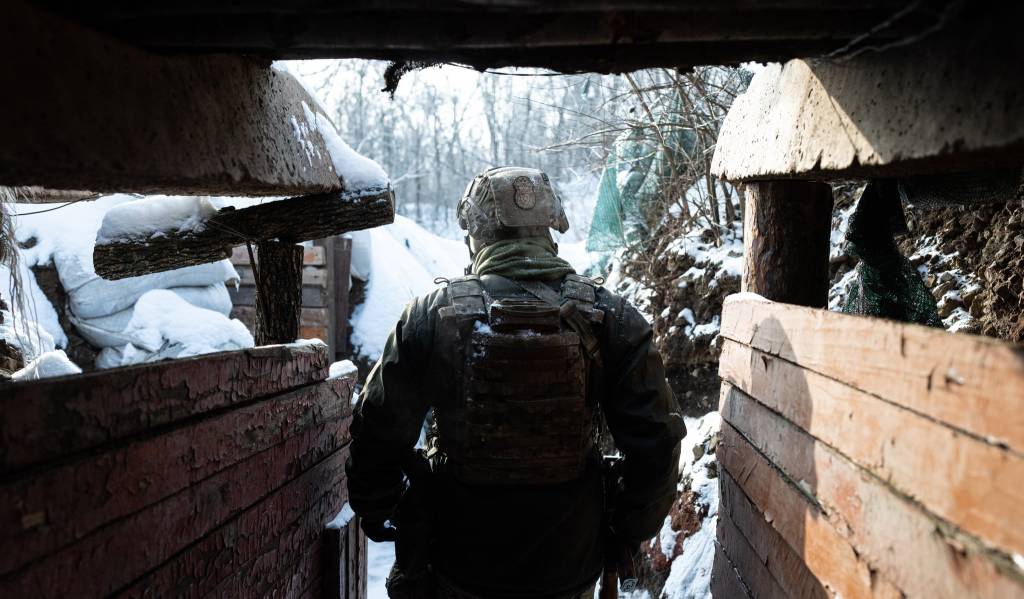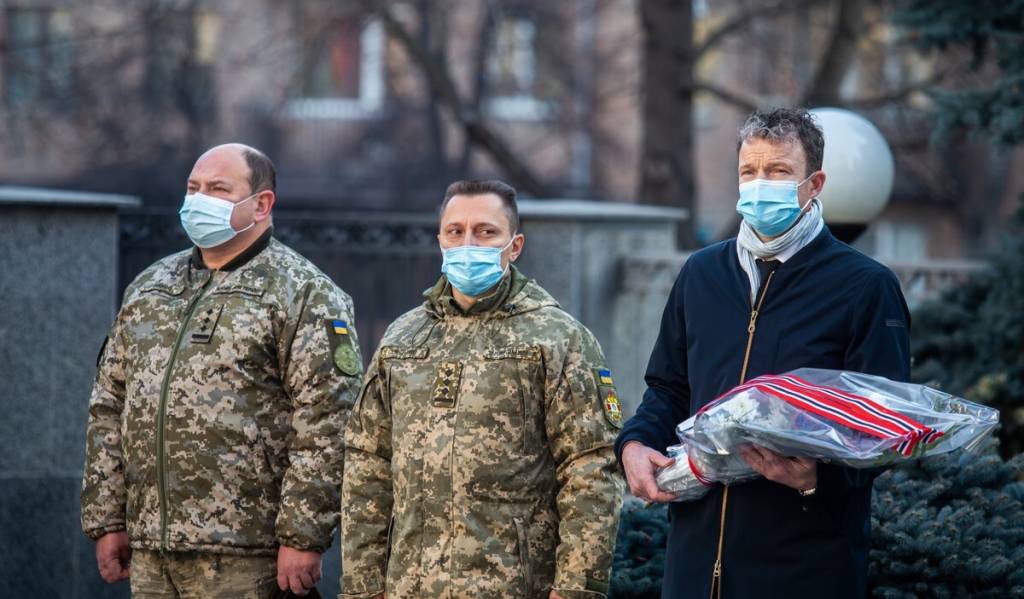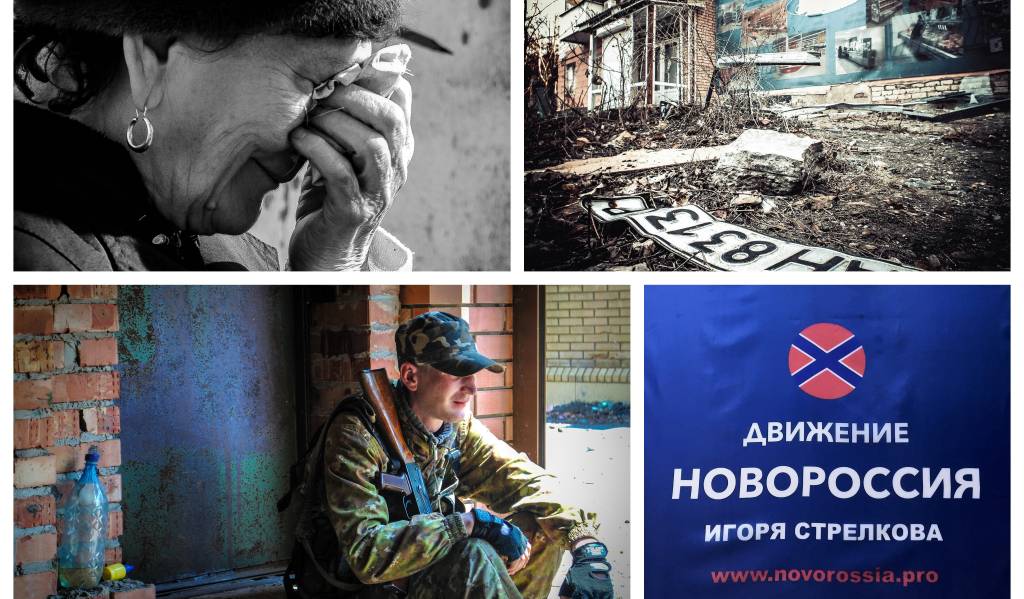
Donbas, Ukraine and Great Power Politics – a recap of the seminar
On 17 February, the Norwegian Defence University College organised a conference that addressed the situation in the occupied territories of Donbas, and the thinking on the Ukrainian and Russian sides. The conference also addressed the geopolitical facets of the conflict.
For several months, commentators have warned of a growing tension in Ukraine. At the time of writing this recap, Russia formally recognized the quasi-states of “DPR” and “LPR” and sent military forces into the area.
The first panel of the conference addressed the situation on the ground in Donbas
Anna Matveeva, King’s College London, pointed out that this is the largest conflict area in Europe, but that life inside the territories is relatively unknown. Based on ongoing research, she argued that although the rebellions back in 2014 were fueled by aspirations of a more just society, the current elite are mere managers. Matveeva argued that the entities have had some autonomy from Russia, but since 2021 the role of Russia has increased significantly. She pointed to three possible scenarios for the area: First, a reintegration into Ukraine – with some autonomy – in accordance with the Minks agreements. Second, joining Russia. Third, strengthening the own kind of sense of nationhood. Due to security reasons, she argued that most of the population wants to join Russia.
Tor Bukkvoll, Norwegian Defence Research Establishment (FFI), commented that Matveeva provided a useful insight into Moscow´s thinking on the issue. Bukkvoll argued that the Donbas rebellion in 2014 contained identity and geopolitics at a popular level, but that it also was a social rebellion. Paradoxically, the rebellions in Donbas and Maidan movement had one key driving force in common; they were both motivated by the fight against widespread mismanagement and corruption. While not discounting the role of people on the ground, Bukkvoll also warned against underestimating the role of Russia. Furthermore, he drew attention to the Minsk agreement and showed that both Ukraine and Russia have breached it several times.
Matveeva pointed to Russian considerations to invest on a large scale in the occupied territories to try make them a “showcase” for its own societal order. Bukkvoll questioned if this was realistic, given the multitude of problems that exist in the occupied territories today and that Russia hardly is a showcase itself.
The second panel discussed the geopolitical sides of the conflict
Geir Flikke, University of Oslo, underlined that Ukraine is not a divided country. Ukraine made their contribution to a liberal-democratic Europe by signing the Budapest Memorandum in 1994. Russia, on the other hand, is challenging this order. Flikke furthermore argued that the trade ban enabled Russia to distribute passports more easily. At the same time, this passportization is part of a Russian political strategy.
Julie Wilhelmsen, Norwegian Institute of International Affairs (Nupi), focused on Russia-NATO relations. She highlighted that Russia is becoming ever-more skeptical to NATO. Whether Russia actually believes that NATO by necessity is hostile to Russia, we do not know. Still, she argued that in the Russian view, NATO is seen as offensive while Russia is defensive. Wilhelmsen also made two points on the NATO-Russia relation. First, Russian policies are formulated not only in a vacuum, but also as responses to dynamics in Ukraine and the West. Second, there is a growing tendency in the West to think that the natural condition is Russian expansion. The Russian operations in Ukraine in 2014 were seen as confirming this impression, and deterrence becomes the natural way to respond. However, she underlined that there are also differences on the NATO side as far as the level of dialogue versus deterrence is concerned.
The conference closed with a Q&A session that dealt with the level of cohesion as far as European Russia policy and support for Ukraine were concerned, Russian strategy in Europe and NATO´s response to it.



